Year Round Lawn Care: What Is Important And When
A lawn is more in need of care than you might think. We show which maintenance measures are required at which time of the year so that you are optimally informed.
If you want to take good care of your lawn, you can easily lose track of the various measures and the right time for them. However, with some maintenance processes such as fertilizing, scarifying, or weed control, the right time is decisive for success. For this reason, we have drawn up a seasonal schedule that tells you when which lawn care measures are best carried out.
Lawn care all year round
Table of Contents
There is something to do in every season of the year for proper lawn care. In the following, you will find out how you can optimally care for your lawn in spring, summer, autumn, and even in winter and thus create a great look in the garden with a lush green lawn.
Maintain lawn in spring
When the forsythia ( Forsythia × intermedia) bloom in March or April, the maintenance program for the lawn is announced. The soil warms up slowly, the lawn regenerates after hibernation, and slowly begins to grow again. After the cold, sunless, and humid season, there is usually a lot of moss in the lawn, which should be put in place right at the beginning of vegetation. That is why the lawn is scarified immediately after the first mowing in spring. In the case of heavy soils, this can be followed by aerating and sanding the soil. If the sward is very light, scarifying is followed by overseeding the lawn.
In any case, the lawn is fertilized in the spring after scarifying. This is essential for a healthy lawn all year round. We particularly recommend our primarily organic Gardender organic lawn fertilizer made from purely natural raw materials, which provides the lawn with optimal care after the winter. Even as a pet owner, you do not have to worry about this fertilizer – dogs, cats and the like can safely enter the lawn immediately after fertilization.
How do I best care for my lawn in spring?
- First mowing in March / April
- Subsequent scarifying to remove moss and thatch
- If the turf is very light, the lawn is re-sown after scarifying
- Lawn fertilizer is essential for a healthy lawn in spring or early summer; a primarily organic long-term fertilizer is ideally suited
- On heavy soils, the lawn is aired and sanded in spring, for example with our Gardender Premium lawn sand; both should better be done after scarifying
- From now on it will be mowed regularly: at the latest when the lawn has reached twice the length of its normal cutting height
- If longer periods of drought (2 – 3 weeks without rain) occur in April or May, watering is also carried out in late spring; At temperatures around 20 ° C, the lawn enjoys an average of one natural or artificial rainfall per week
- At the same time as the grasses, the weeds begin to sprout in spring; Root weeds such as dandelions should be gouged out; if you want to let weeds bloom as a bee friend, mow well in advance of the seed formation
Maintain lawn in summer
Summer is the main growing season for grasses. Due to the warm weather, you have to use the lawnmower more often. To ensure that the cut remains beautiful, you should think about sharpening the mower blades regularly. Due to the frequent cutting measures, the grasses also lose valuable nutrients that have to be replenished. Ideally with a primarily organic fertilizer with long-term effects. This strengthens the lawn especially when it is stressed and provides it with optimal nutrients. Since it is a granular fertilizer, it should either be applied on a rainy day or the lawn should be watered after application.
Incidentally, the fertilizer should be spread with a spreader, because this ensures even distribution and the grass grows accordingly. However, if you choose our Gardender organic lawn fertilizer, you can do without the spreader, as the box is provided with a practical spreading aid for even spreading.
In addition to the necessary fertilization, water consumption also increases in summer. The following applies here: It is better to water less often and more thoroughly, otherwise there is a risk that the lower roots of the lawn will dry out.
How do I best care for my lawn in summer?
- Too much loss of mass means additional stress for the grass in hot summer. Therefore mow in good time (at 9 to 10 cm) to a depth of 5 to 6 cm. When you go on vacation, it is best not to mow deeper than 5 cm. When you come back and the lawn is very high, mow a maximum of half of the existing height (at 12 cm by 6 cm).
- Water the lawn in good time. Watch the ground and blades of grass. Dried up, yellowish blades of grass indicate that the previous irrigation was insufficient. In extreme heat, it should be watered no more than every two days and in normal summer drought, it is better to water it only once or twice a week, but for a long enough time.
- Particularly stressed lawns are supplied with a primarily organic long-term fertilizer in summer.

Because of the heat, the lawn needs significantly more water in summer
Tip: Too much watering, especially if you have used the lawn to it since it was sown, leads to poorly developed, shallow roots. The lawn is spoiled and has more problems getting soil water when it is dry. Therefore it is best to only water after a dry period of one to two weeks.
You can also find more about lawn fertilization in this special article.
Maintain lawn in autumn
The gardening season is drawing to a close and the maintenance measures for your lawn are also changing. If there are small holes in the lawn, they can now be mended with a handful of lawn seeds. The Gardender lawn repair, for example, is ideally suited for this. Now is also the best time to plant a new lawn, as the soil has retained enough heat from the summer. The warmth of the soil is needed for good germination results. From the end of August to the end of October it is time for the second or third fertilization of the lawn.
A special autumn fertilizer with long-term effects supplies the lawn with potassium and thus prevents frost damage. It supports the lawn especially after the leaching summer and the growing season. Again, you should water after fertilizing or choose a rainy day. If fertilization is too nitrogenous in autumn, the grass plants are less frost-tolerant, so that mostly the entire area or individual spots first turn yellow and then brown. If the lawn is heavily mossy and matted, it can also be scarified a second time, but then before fertilization. Very heavy soils can also be ventilated or sanded a second time.
What is the best way to care for my lawn in autumn?
- Irrigation is less and less necessary
- The grass growth and frequency of mowing also decrease over time as the temperature and solar radiation decrease
- From the end of August to the end of October, potassium-based autumn fertilization is carried out with, for example, our Gardender organic autumn lawn fertilizer with a long-term effect
Maintain lawn in winter
With increasing cold and decreasing solar heat, the lawn goes into hibernation. Nevertheless, some care tips should be observed for optimal winter storage. The potassium-emphasized lawn fertilization in autumn is an important measure for the successful wintering of the lawn. The next fertilization then takes place again after the winter in spring.
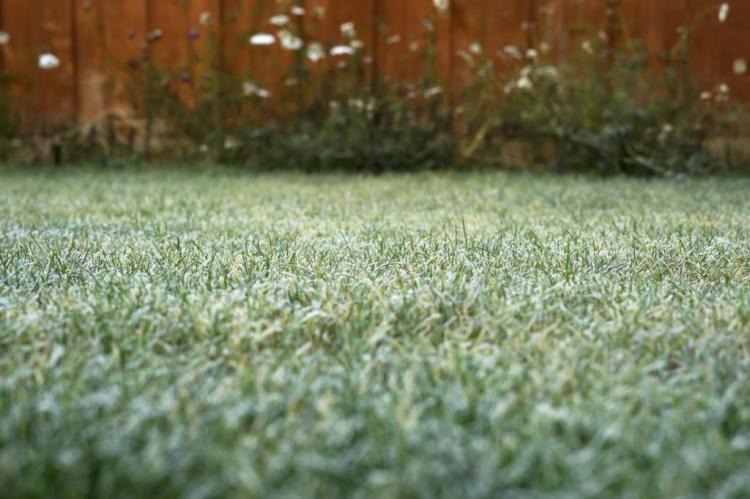
The lawn can also be walked on carefully when it is frozen
To protect the lawn, the last cut before winter should be made in mid-November at the latest. Otherwise, there is a risk that the so-called under grass in the lawn will wither, which can quickly lead to a thin, patchy lawn with brown spots. Nevertheless, the lawn should start shortened in the winter to achieve uniform illumination of all lawn grasses. This leads to more even budding in spring. For this reason, larger amounts of leaves on the lawn should be removed before winter so that the plants are not deprived of the necessary light.
You might so like: Lawn Fertilizer With Weed Killer: Overview And Recommendation
Note: You often hear that the lawn should not be stepped on when it is frosty so as not to break off the stalks. We would like to dispel this rumor: Even frozen lawns can be walked on. If you do this carefully, your grass plants will not suffer and the soil will not be compacted. Only excessive and unnecessary loads can cause serious damage to thawed soil.
How do I best care for my lawn in winter?
- After the potassium-accentuated autumn lawn fertilization, the lawn is not fertilized in winter
- The last mowing should be done in mid-November at the latest to protect the lawn
- Larger amounts of leaves are removed before winter to avoid uneven budding in spring
- If you proceed a little cautiously, you can easily walk on the lawn without harming it even in frosty weather
After winter, you should go back to the maintenance measures in spring. You can also find more information on lawn care after winter in this article.
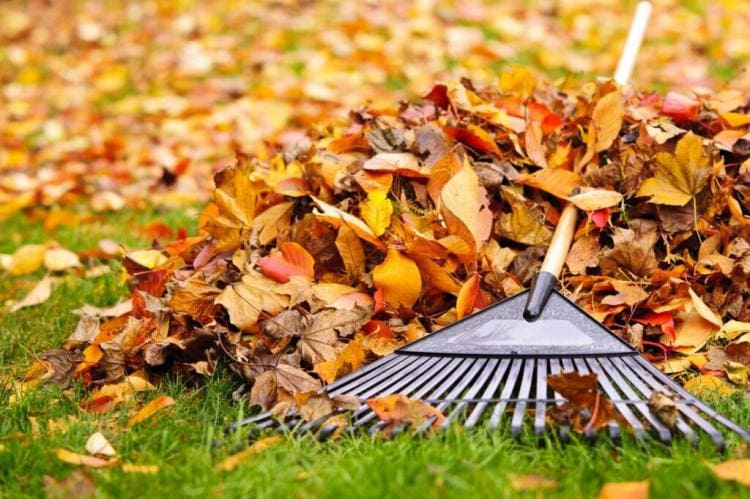
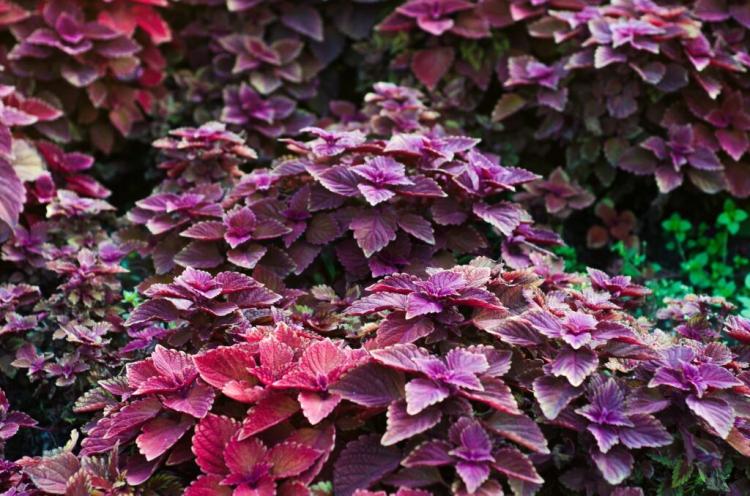
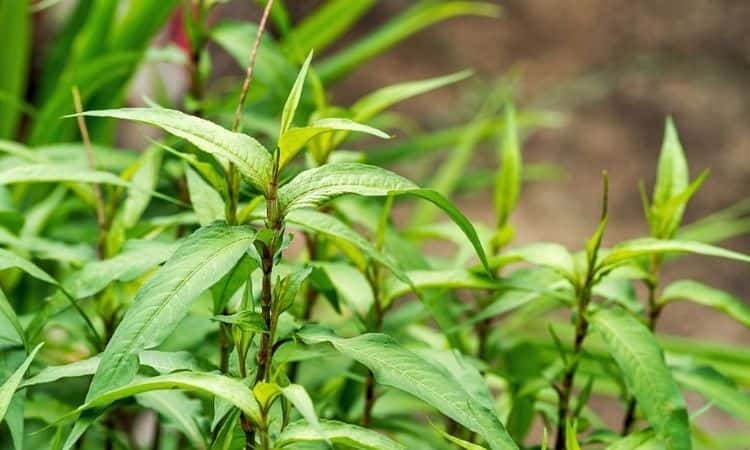
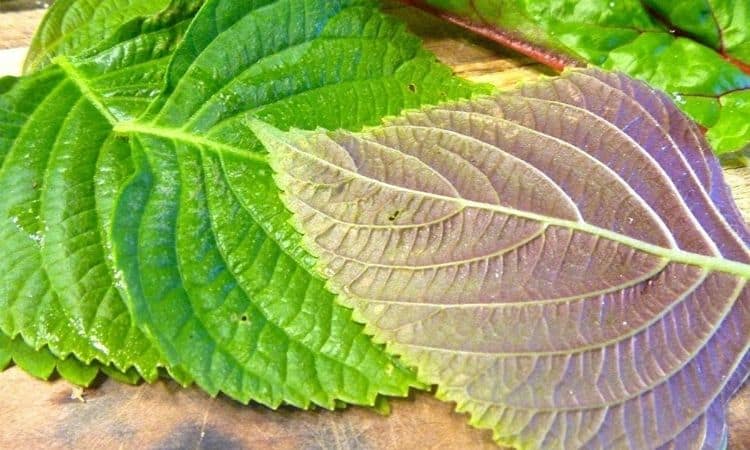

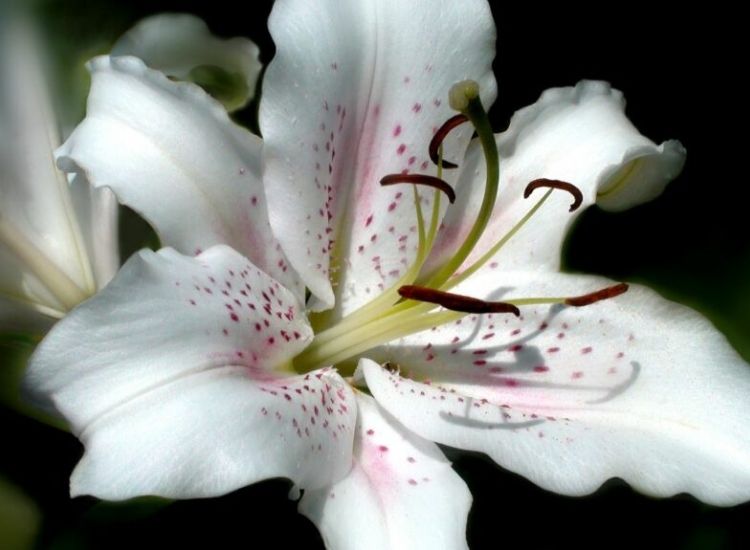
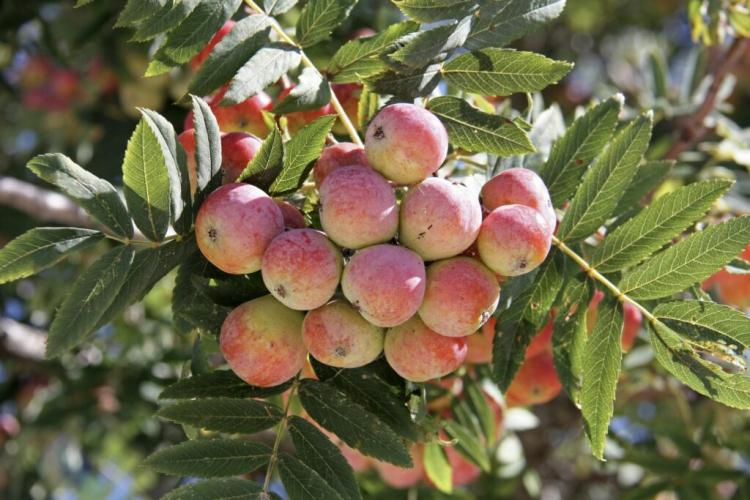
Thanks for letting me know that it would be a good idea to avail of lawn fertilization services during the autumn to prepare it for winter. that should make it so my plants survive the cold weather since they’d still get the nutrients they need from the ground at least. I’ve started gardening for the first time in my life and am worried that my plants and flowers may all die off during the coming winter. I’ll make sure to get a hold of a lawn services company while it’s still early so that I won’t have to worry about that.